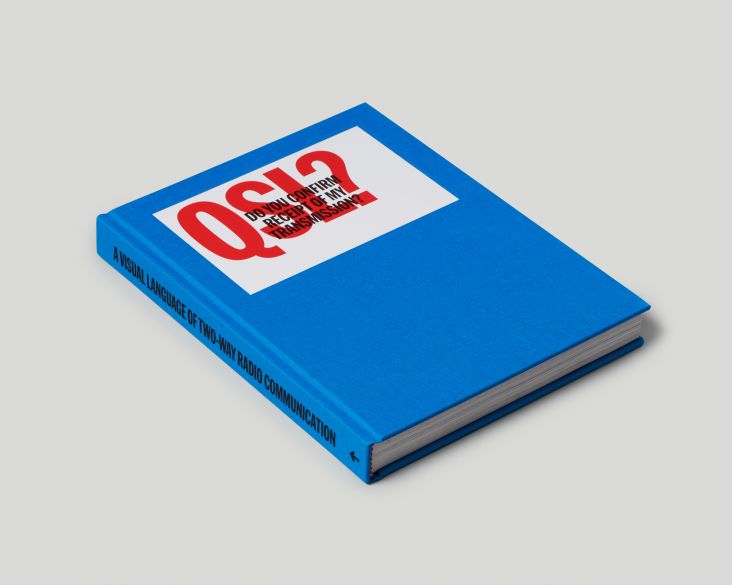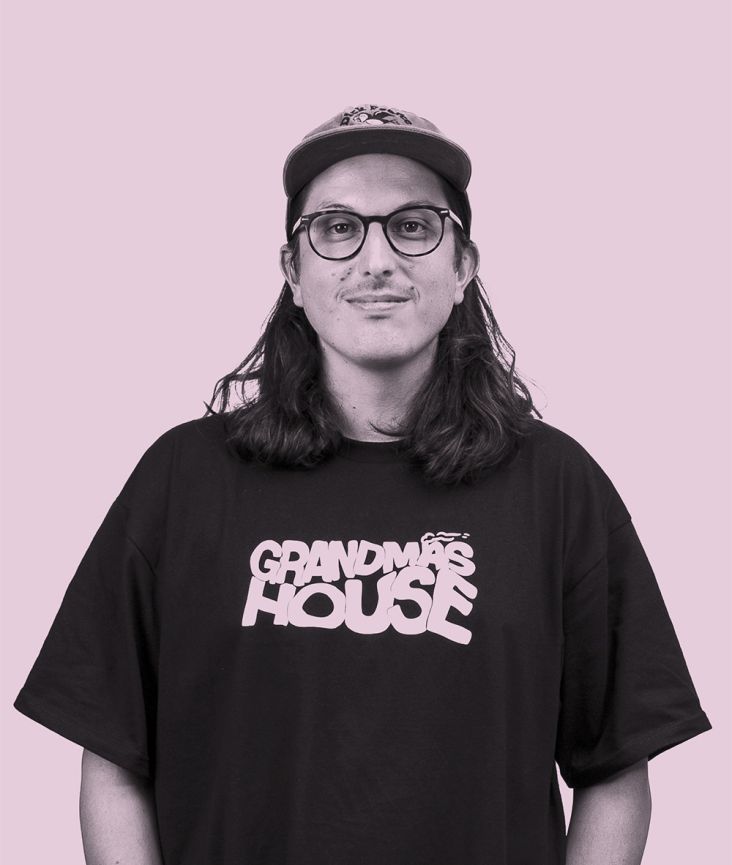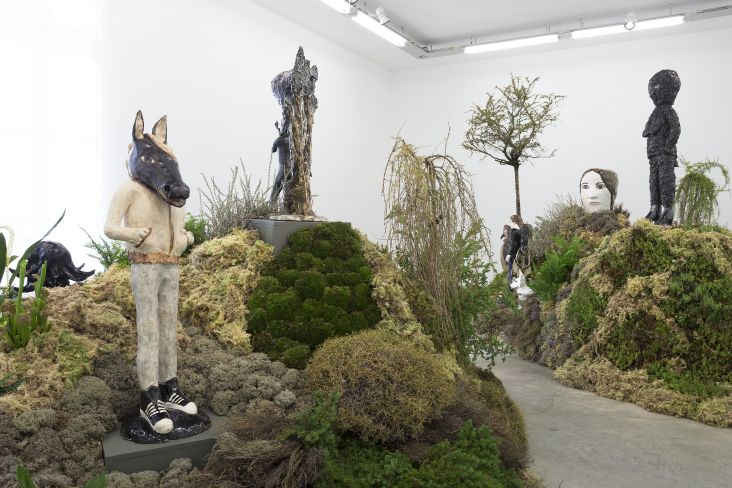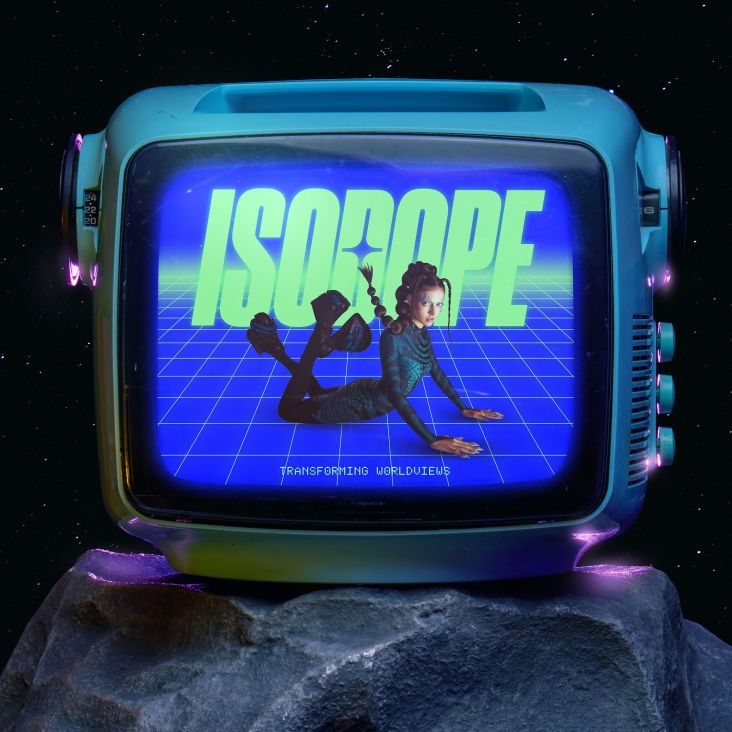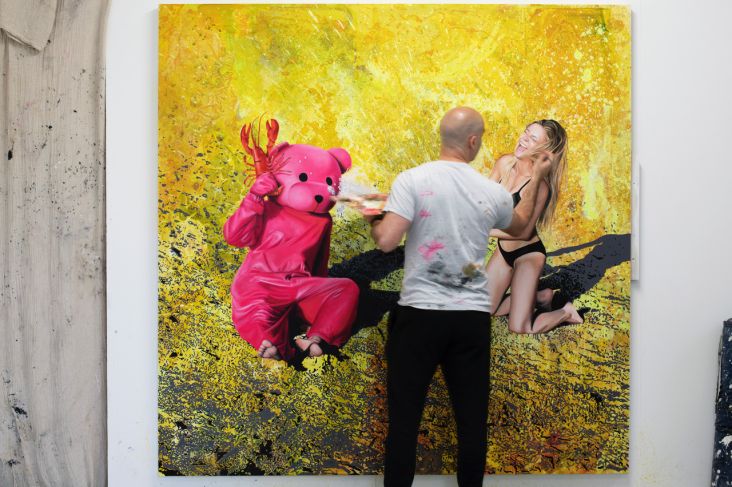Sondra Perry art book explores dreams, memory and identity in a strikingly original way
A new publication designed by A Vibe Called Tech and Fieldwork Facility translates Sondra Perry's recent art installation, Lineage for a Phantom Zone, for the printed page.
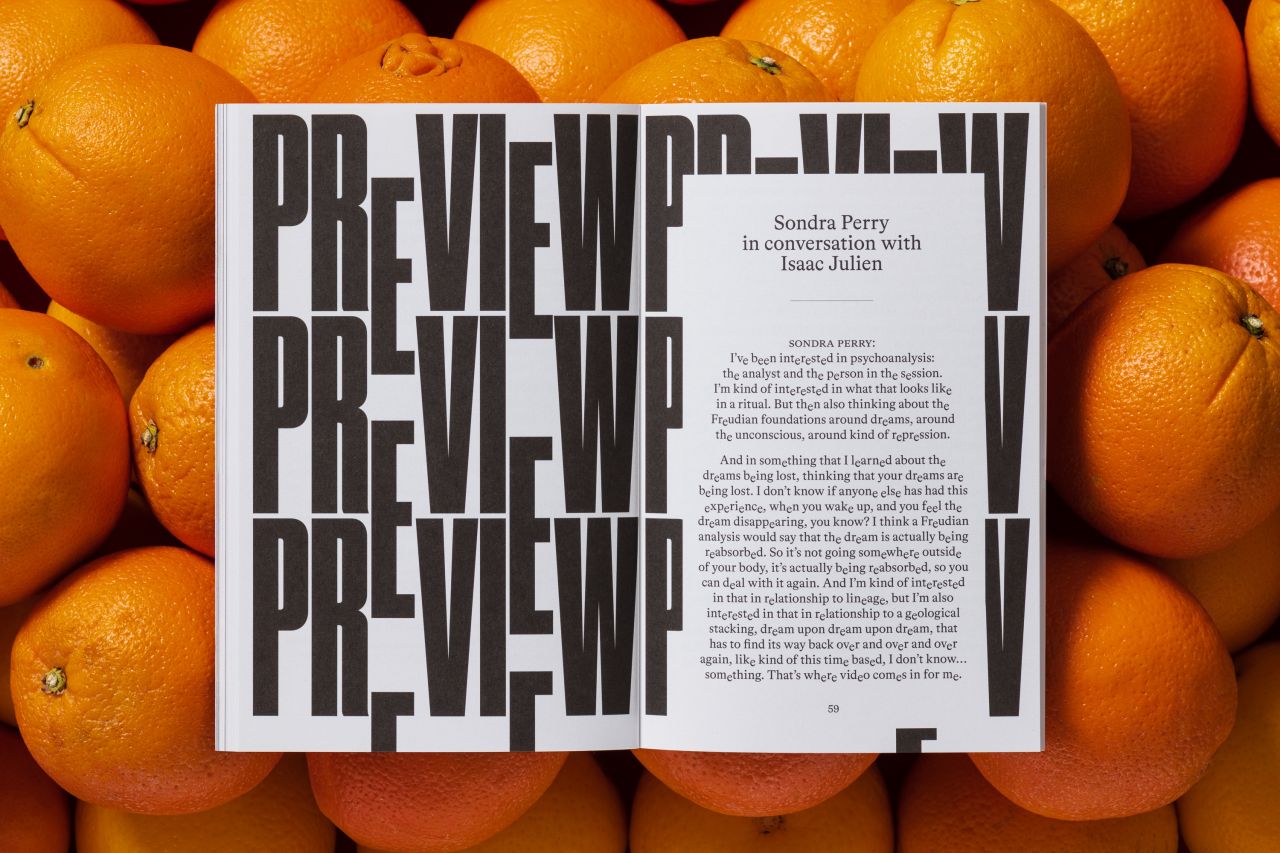
All images shot by Ed Park
History is a funny thing. Whether you're talking about world events or your own personal past, memory and interpretation play a role that's often more important than official facts and records.
New Jersey-born artist Sondra Perry explored this conundrum earlier this year in an immersive audio-visual installation, Lineage for a Phantom Zone, commissioned by Muse, the Rolls-Royce Art Programme.
Rather than sharing her actual memories, though, Sondra took an unusual route into the subject, by recreating a dream she wished she could have had. In this way, the work interrogates personal history as the roots of dreams, acting as a meditation on lineage, longing, and memory, and exploring themes of race, identity and technology.
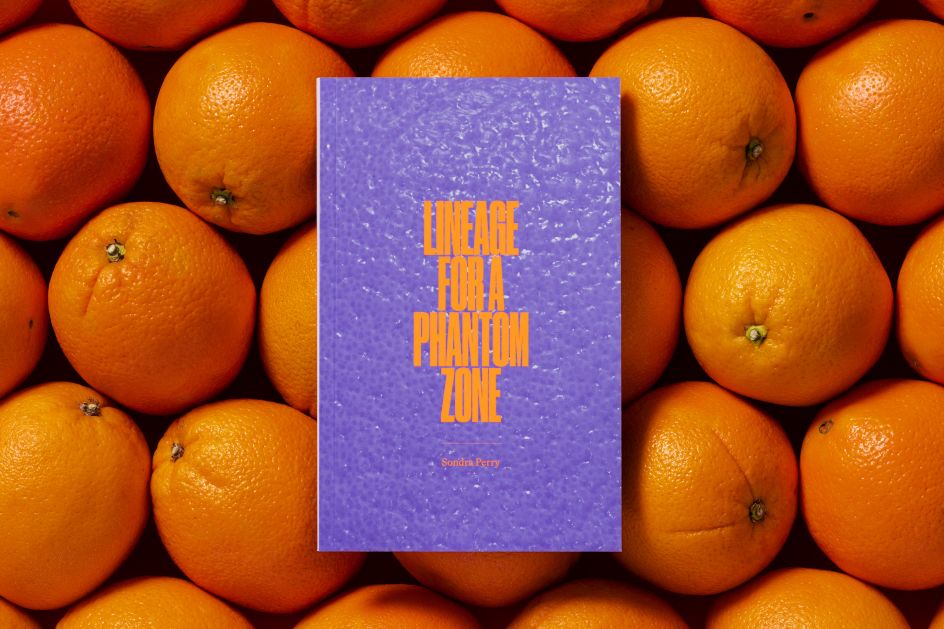
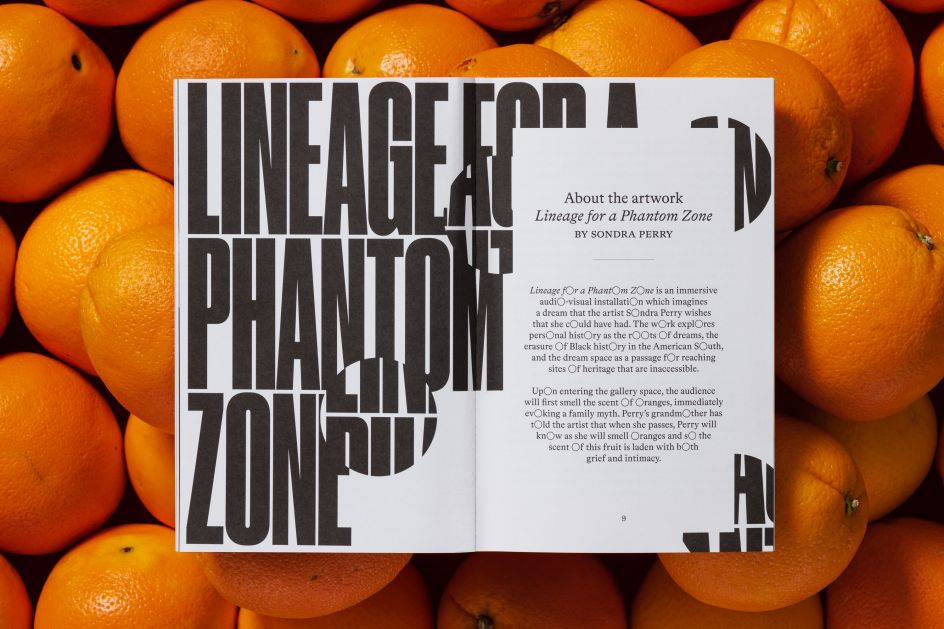
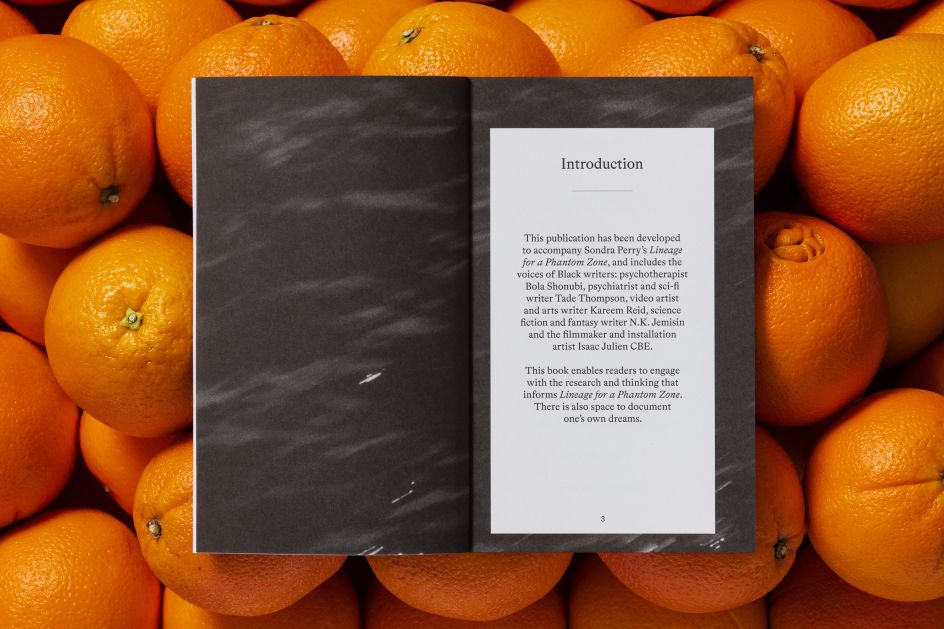
"I'm making a work that is preoccupied with memory, moving image archival footage, and dreams," she said. "Thinking about how your dreams can posit new futures for you."
Sondra added: "Some of the influences from my art practice are definitely my family members. My folks worked with what they had. I used to say they worked with very little but what they worked with was a lot. It was culture, it was family history."
Beyond the exhibition
Now an accompanying book to Lineage for a Phantom Zone has been released.
It's been developed by black-owned creative agency A Vibe Called Tech, led by creative director Lewis Gilbert and founder Charlene Prempeh, and designed by BIPOC-owned studio Fieldwork Facility's creative director Robin Howie.
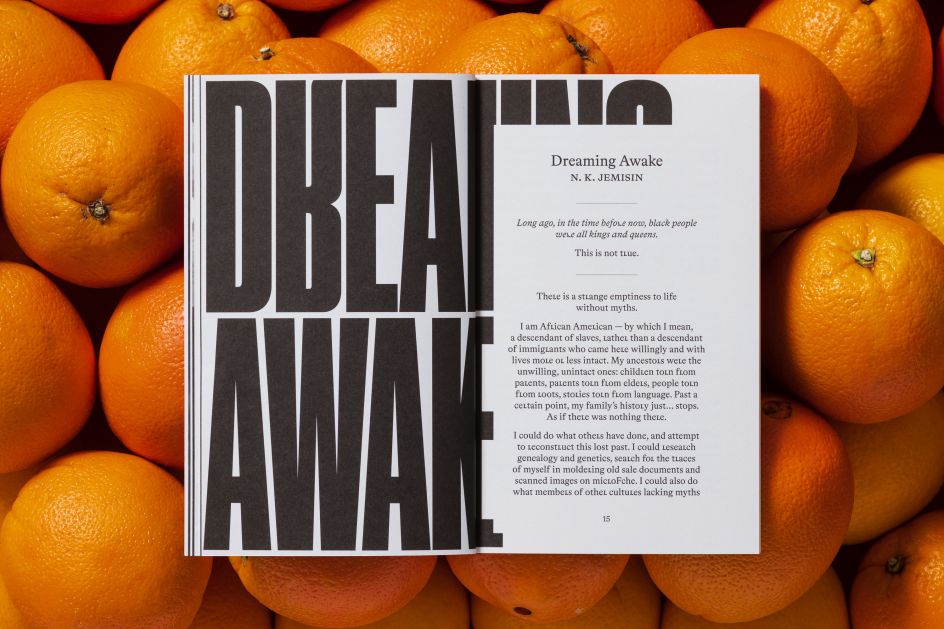
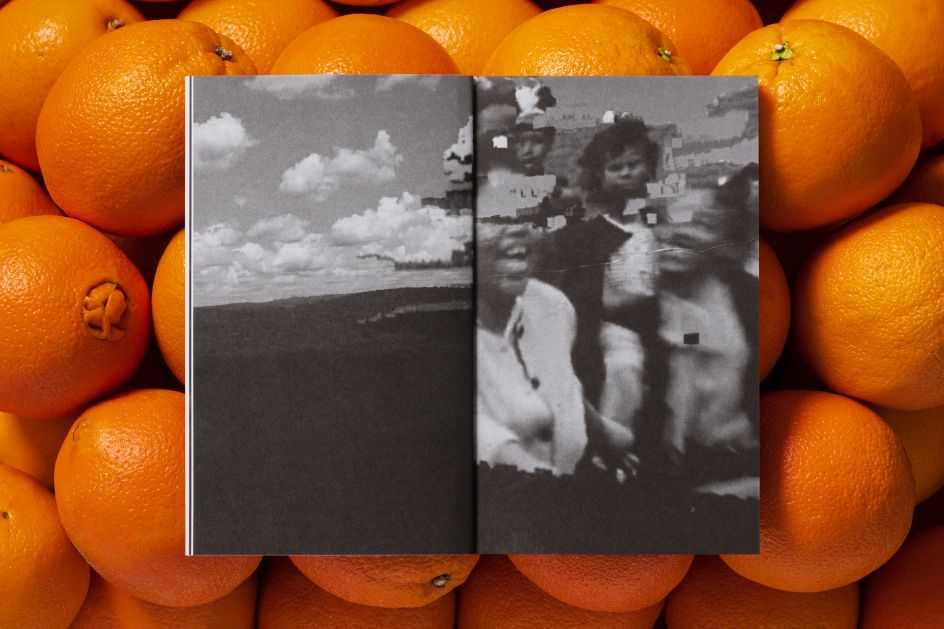
The purpose of the book is to enable visitors to engage with the research and thinking that informs Lineage for a Phantom Zone. The writers and contributors selected by A Vibe Called Tech include filmmaker and installation artist Isaac Julien CBE, psychotherapist Bola Shonubi, psychiatrist and sci-fi writer Tade Thompson, video artist and arts writer Kareem Reid and science fiction and fantasy writer N.K. Jemisin.
These are individuals who inspired Perry's practice, as well as those who have a strong connection to the artist's work.
Myths and dreams
Integral to Perry's artwork is the scent of oranges, which immediately evokes a family myth. Perry's grandmother has told the artist that when she passes, Perry will know as she will smell oranges, and so the scent of this fruit is laden with both grief and intimacy.
Fieldwork Facility approached the book as a dream sequence where each of the book's essays, stories and conversations are affected by different dream phenomena. Each text has a single letter altered, as a whole the seven texts' interventions spell out 'oranges'.
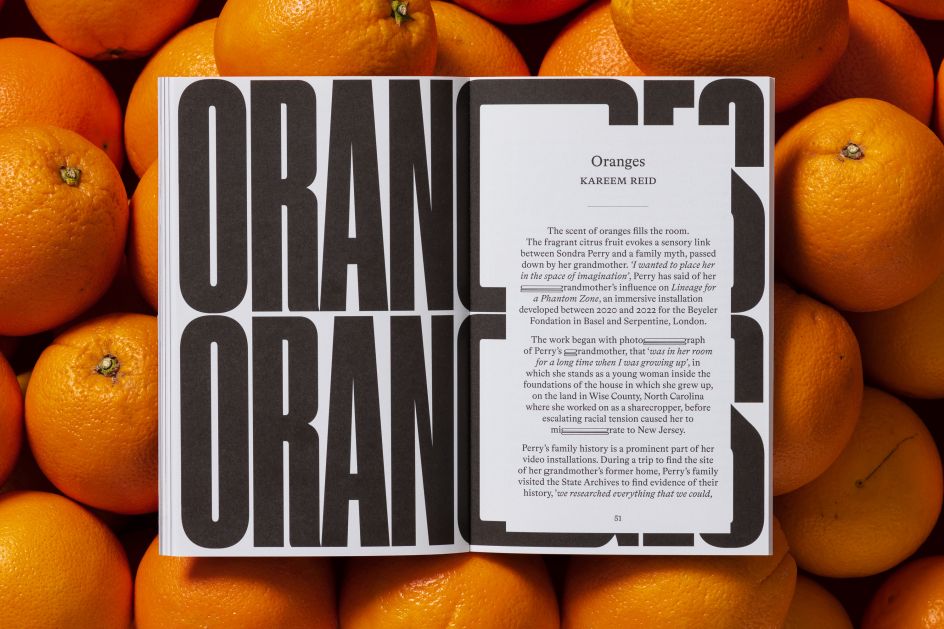
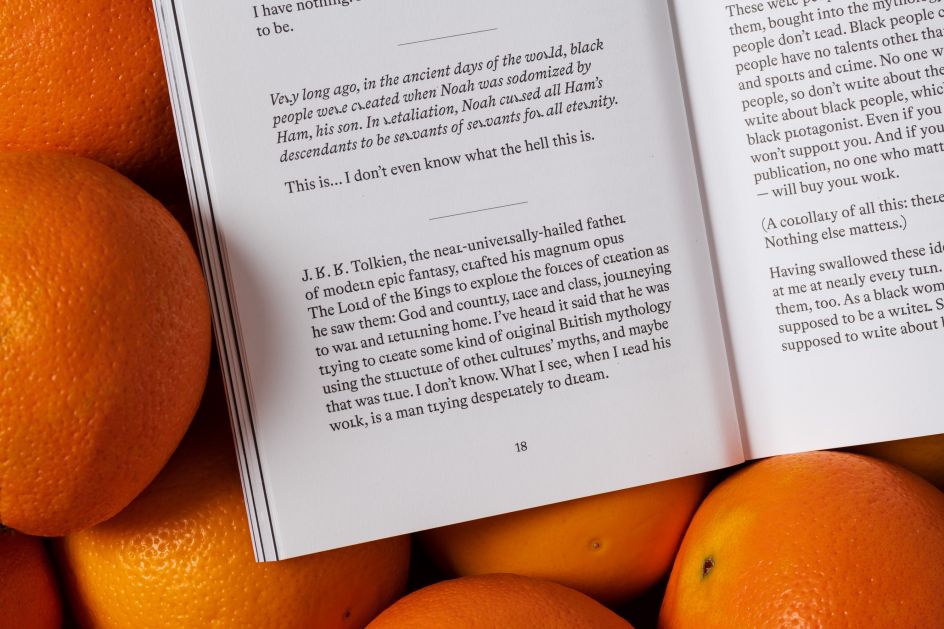
The result is a surreal experience demanding the reader to engage with Sondra's work further through the texts commissioned by Vibe Called Tech. At the back of the book, there's also space to document one's own dreams.
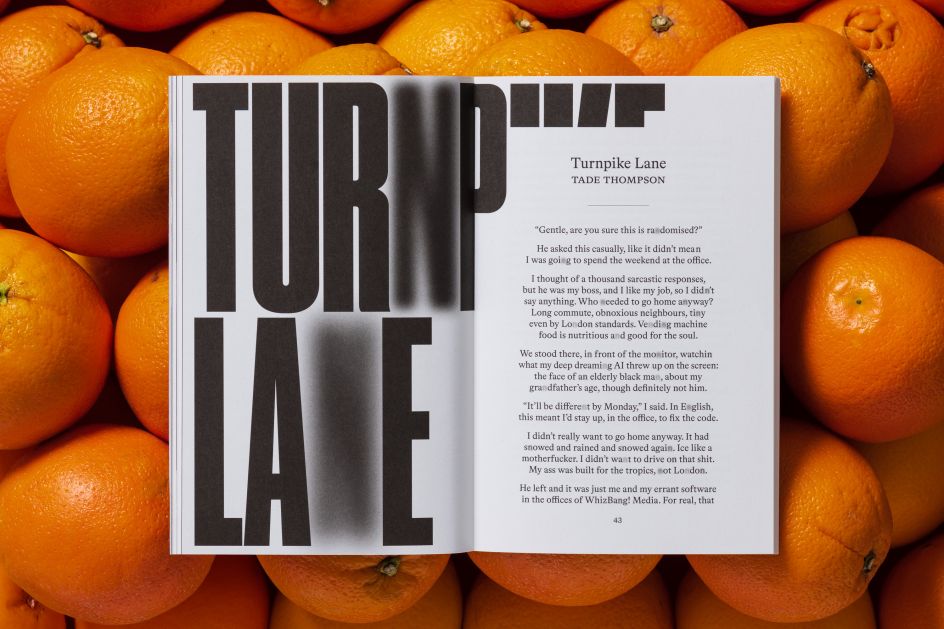
"As admirers, we were so excited to work on the publication with Sondra," says Lewis Dalton Gilbert, creative director at A Vibe Called Tech. "The first conversation we had about the exhibition and her dreams for the book felt like a conversation between old friends. Those we invited to contribute to the book were also people that we felt had deep connections to her practice. I feel, and hope, this is reflected in the outcome."
"We love that we were able to take the essence of the exhibition and explore dreaming in another medium," adds Charlene Prempeh, founder of A Vibe Called Tech. "Sondra's work is deeply sensory and our goal with the book was to recreate the bewildering, other-worldly experience of a dreamscape. Hopefully, that's what we've achieved with the design by Fieldwork Facility and the work of all the contributors."





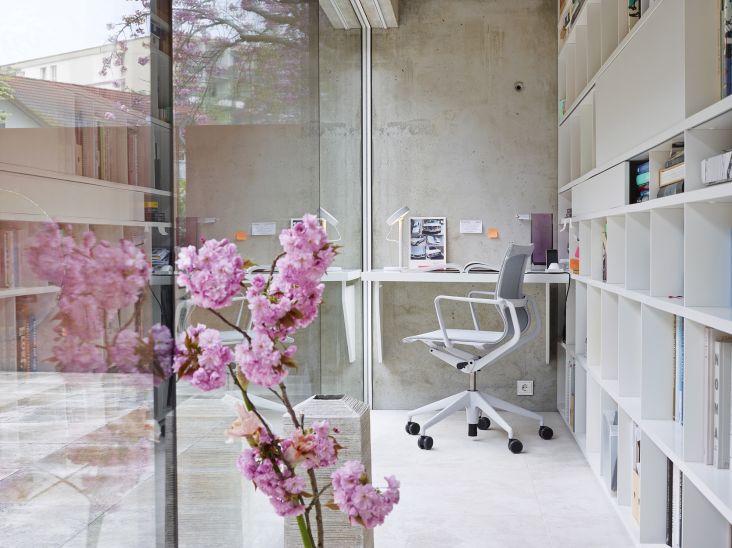
 using <a href="https://www.ohnotype.co/fonts/obviously" target="_blank">Obviously</a> by Oh No Type Co., Art Director, Brand & Creative—Spotify](https://www.creativeboom.com/upload/articles/6e/6ed31eddc26fa563f213fc76d6993dab9231ffe4_732.jpg)
 by Tüpokompanii](https://www.creativeboom.com/upload/articles/58/58684538770fb5b428dc1882f7a732f153500153_732.jpg)







